What happened at the finale of the 2020 Good Food Designer Contest?
It's almost New Year's Day. Will it be possible for a Good Food designer to come to your home and make a purely plant-based meal?
"Sure!" The volunteer family was in high spirits, "Who could resist something so interesting?" How would Good Food designers from all over the country perform without knowing the ingredients and the site? What exactly did the top three cooks? What kind of stories did Good Food designers write in a place like Xinzhuang, where so many stories happened? Let's keep reading...
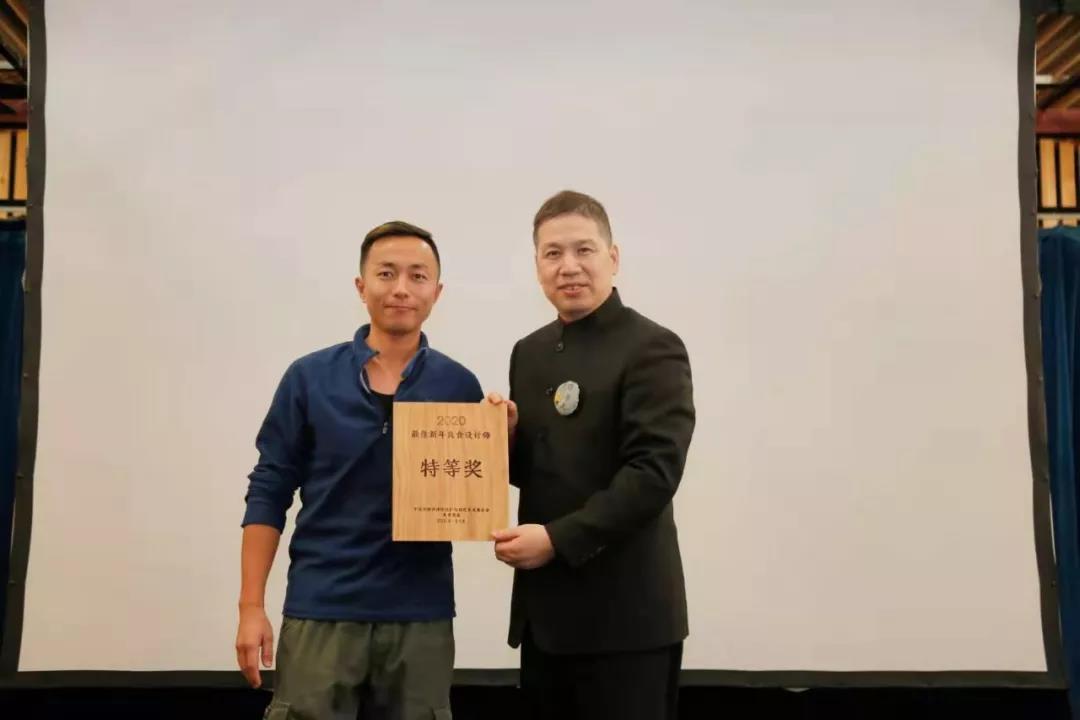

Entries
Moroccan millet salad (left) + vegetarian dumplings (right)
Q:
When you saw the ingredients we provided for the final, did you feel relieved or challenged?
Li Yan:
I felt challenged, and I'm sure every competitor felt the same way. The variety of ingredients was limited, very ordinary, and really "local,” which also limited everyone's performance. It required rich experience and adaptability.
Q:
Could you simply introduce the recipe of "Moroccan millet salad" and the origin of its name?
Li Yan:
I've been engaged in cooking Western food for over a decade and I also have experience working, living and traveling abroad. Therefore, I have general knowledge of global dietary characteristics. When looking at all the ingredients, I started to make "combinations" in my mind. Since there was a special dish, I would like to cook an "international style" dish with domestic ingredients. So, I, without hesitation, chose the millet as the "protagonist" (close to the Moroccan eating habit). Then the three aspects of "taste, nutrition, and presentation" were considered and planned separately. The key to making a salad is the salad dressing. After tasting, I picked yellow wine, persimmon vinegar, star anise, and cinnamon as the main ingredients of the salad dressing. I used the dressing to soak the jujube to achieve the perfect combination of taste, nutrition, and color.
The millet is cooked and blanched twice, then left to loosen. Lettuce leaves were quickly blanched and then cooled to maintain nutrition and crispness. The tofu was fried, and the pears were thinly sliced. Everything was ready to be "assembled.” This salad is characterized by a very suitable combination of color, taste, and nutrition. The ingredients' characteristics are well utilized, and this dish is creative.
Q:
Which aspect do you think your dumplings won?
Li Yan:
I repeatedly kneaded the dough for 20 minutes and "woke up" it twice in the middle. That's why the dumpling skin was so chewy and flavorful. I used miso sauce to fry the mushrooms, tofu, and chopped carrots with a bit of salt for the filling. Since the color was untouched, the taste was refreshing.
Q:
What questions did the judges ask you during the final? How did you respond?
Li Yan:
The judges first asked me why I made these two dishes. The local dish I made was dumplings. Since I'm from the North and Chinese New Year is approaching, I choose "dumplings,” which are a very representative food. They also asked about the making process and the inspiration for the salad dressing (as mentioned above).
Q:
How will the Chef's Leadership Course on 6th change your kitchen work in the future?
Li Yan:
First of all, for me personally, I will develop the habit of eating less meat and having a more plant-based diet. I will pay more attention to the use of ingredients during the work to avoid waste; I will learn more about the sources of ingredients and support local small farmers or organic farms as much as possible; I will do an excellent job of garbage sorting; I will give the necessary training to the team and start by slowly influencing those around us.
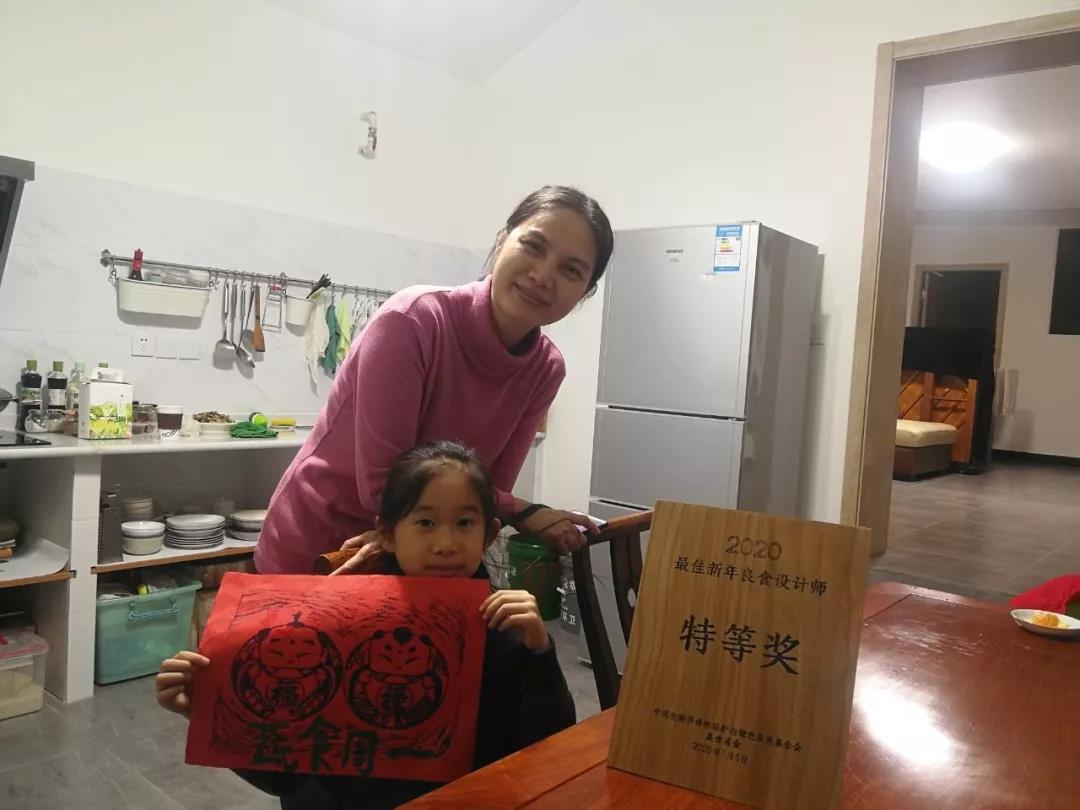 "The hostess of the race family and her daughter (in the picture) are especially nice! They cheered me on all the time! They were more excited than I was when I won the prize!" --Li Yan
"The hostess of the race family and her daughter (in the picture) are especially nice! They cheered me on all the time! They were more excited than I was when I won the prize!" --Li Yan
"Lee (Li Yan) is very passionate about food. She has traveled a lot, has learned a lot, and is very confident and creative, so we were not surprised he won the prize." Jane, volunteer homeowner, "The colors of that creative dish were stunning, and the taste was evocative and amazing. While he was cooking, we chatted a lot about things like what Good Food is…… This kind of activity that brings the idea of Good Food into the family is beneficial and fun, and it's especially great!"
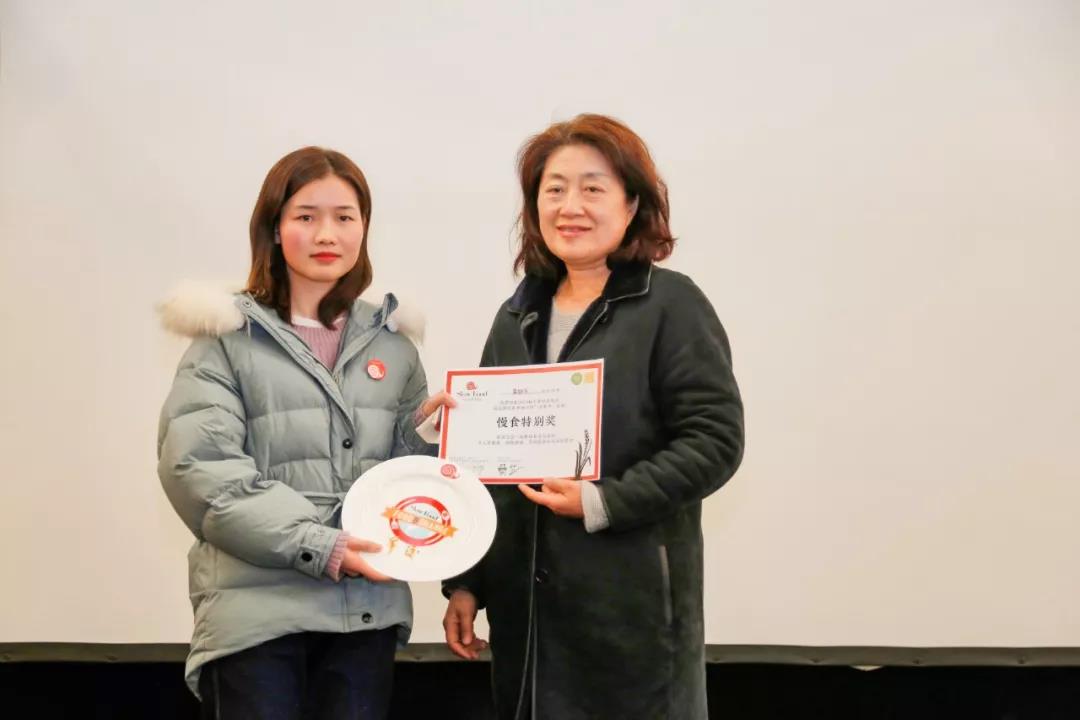
Jiang fan (left) receives the award from Qiao Ling (right), President of Slow Food International's Greater China division.

Entries
Vegetarian foie gras sauce with snow pear (left) + homemade vegetarian crab meat (right)
Q:
When you saw the ingredients we provided for the final, did you feel relieved or challenged?
Jiang Fan:
I basically did not do much preparation before the final because I did not know how to prepare, so I just let myself go before the game. But seeing the final ingredients, I felt a bit challenged. First, the ingredients were excellent. However, no matter how great the ingredients are, they will be influenced by the temperature and humidity. The first thing I saw was withered leaf vegetables, so I had fewer ingredients than other contestants, then I forced myself to use only fungi and roots as staple ingredients. At the beginning of the competition, I tried to freshen some vegetables by soaking them in cold water.
Q:
Please briefly introduce the cooking methods and design ideas of the two dishes.
Jiang Fan:
By removing some withered leaf vegetables caused by the weather, my dishes had been confined to the root and fungi vegetables, which also made me quickly recognize the characteristics of these two ingredients. First of all, by using different colors of potatoes and carrots, combined with the gray-black mushrooms that have been soaked and swelled, I made the vegetarian crab meat with Shanghai characteristic. By steaming and grinding by knives to make it tasted like real crab meat, I added the handmade yellow rice wine and organic brown rice vinegar on-site to the dish, which gave me the confidence to complete it.
Another dish is based on my judgment. It used fungi and beans as main ingredients, which tasted like goose liver (foie gras). I first fried chopped scallion, chopped garlic, and then added slices of mushrooms and yellow rice wine to stir-fry until cooked. Then mixed the prepared jujube paste and made the cooked chopped peeled peanuts into a sauce. After that, I added organic soy sauce to adjust the color and removed the core from the steamed pears, which could be used as a container and increase the taste and flavor of the vegetarian goose liver. It's also an adjustment I made as a non-vegetarian chef wanting to try my best to improve the structure of a meat-eater's diet and have a heart that calls for less harm to animals.
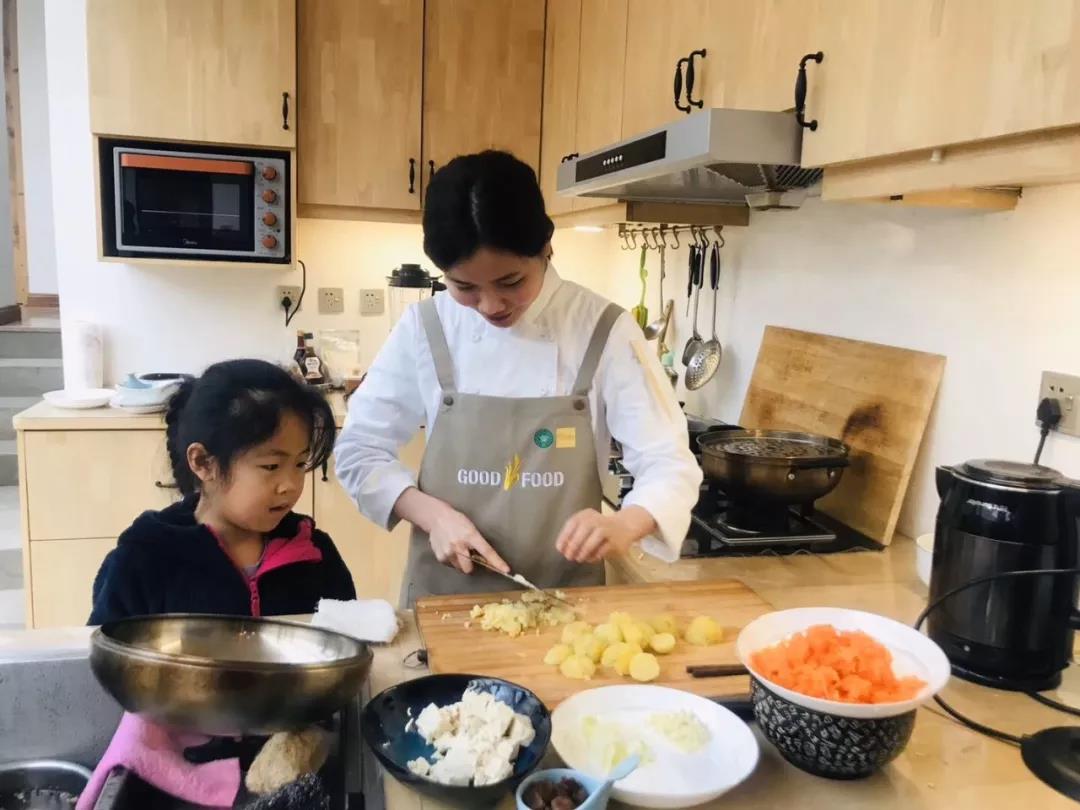
"We tried not to bother her in the final. After it was over, we had a conversation about ingredients and levels and understood that we could cook good food only by using something simple, and the key is whether you cook with your heart." -- Zhang Dong, Volunteer family host
Q:
What questions did the judges ask you during the final? How did you respond?
Jiang Fan:
First of all, I briefly introduced my two dishes to the judges, the ingredients and seasonings used in them. The judges asked me what my profession was, and I answered truthfully that I was a professional chef and where I worked. During the tasting, I found that the judges were also very interested in the seasonings I used, so I recommended them the seasonings and offered them a taste test.
Q:
How do you evaluate your performance in this competition?
Jiang fan:
It is the first time for me to participate in an activity in the form of competition, so I think I still have a lot of room for improvement.

Jian Yi (left), the founder of the CBCGDF's Good Food Fund, presents the award to Gao Sai (right)
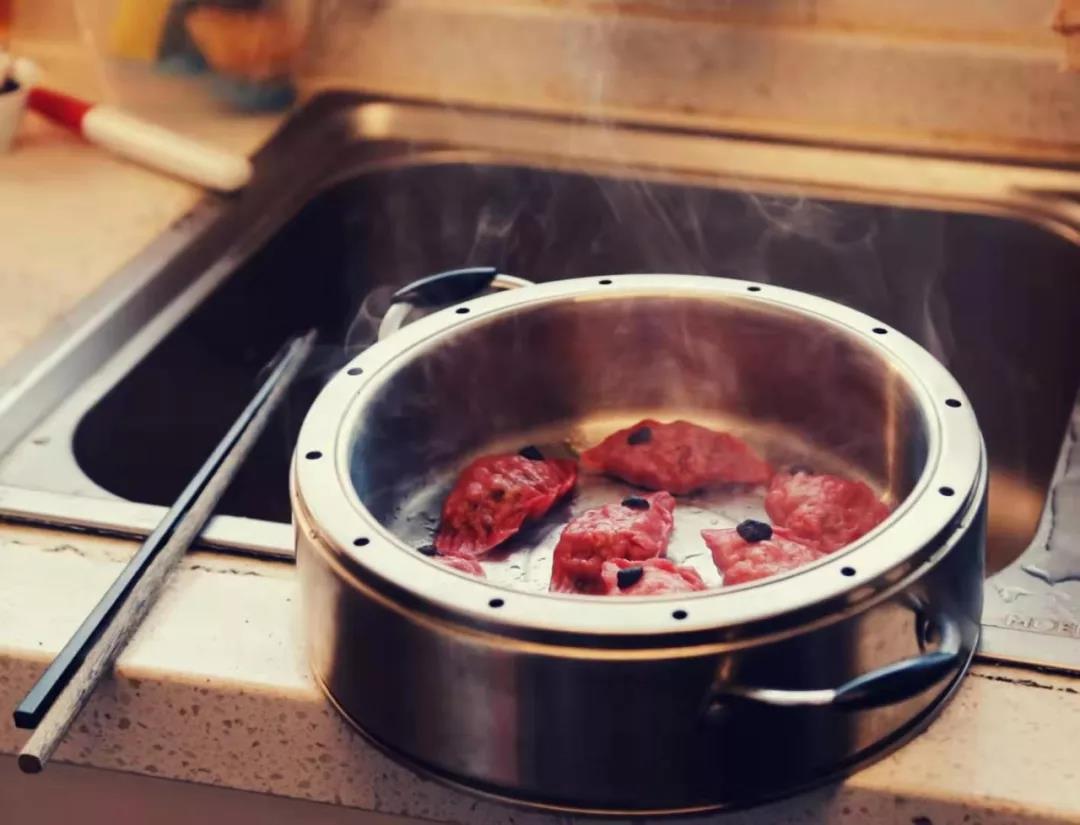
Entries
Taisu fish-shaped dumplings
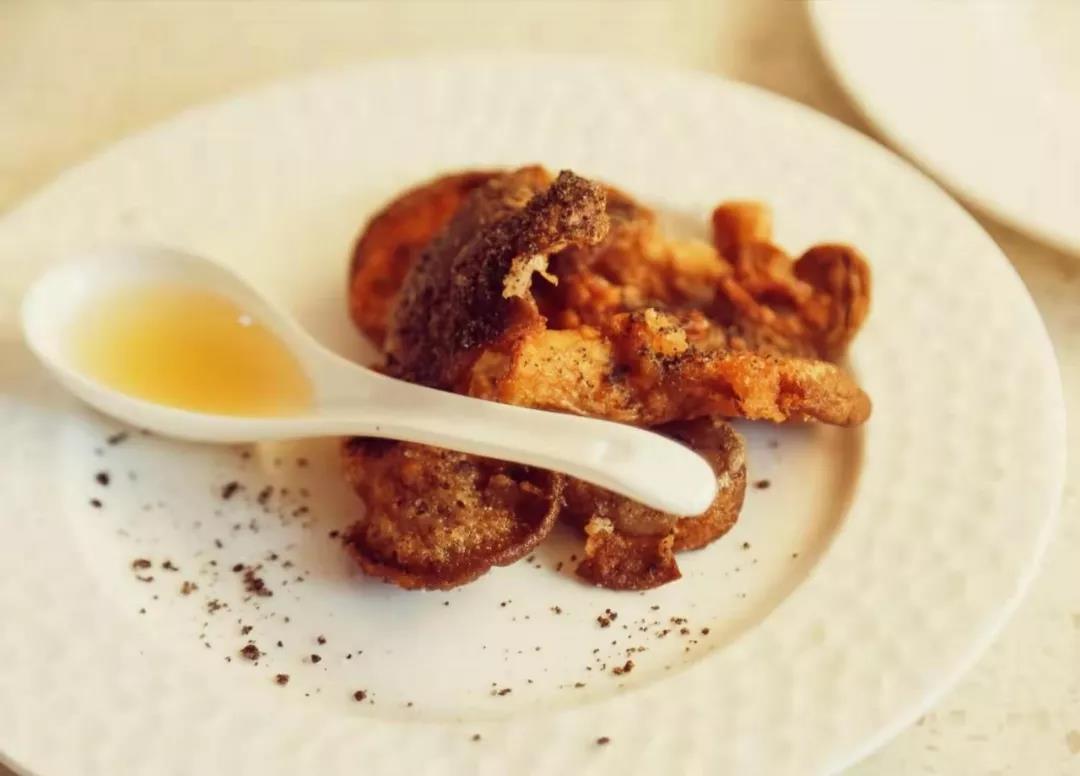
Fried mushroom with Siwu decoction
Q:
When you saw the ingredients we provided for the final, did you feel relieved or challenged?
Gao Sai:
After entering the kitchen, I familiarized myself with the pots and pans, and then the hostess took the ingredients out of the refrigerator, and I placed each one on the countertop. This process was calm and natural, and it is also a process of connecting with food. Without overthinking about it, my mind naturally presented several recipes, and then I just needed to create them.
Q:
Please briefly introduce the cooking methods and design ideas of the two dishes.
Gao Sai:
Dumplings are representative of Chinese food culture. Combining all kinds of ingredients reminds us of our deep thoughts, the warm affection of family, and the taste of home, so there must be dumplings in the New Year’s Eve dinner. At the same time, food is people's priority, and Chinese food culture is as long as the history of Chinese civilization, so I designed the most Chinese cultural characteristics of "Taisu fish-shaped dumplings.” The ancient philosophical term Tai Chi, which means the origin of all things, is introduced. It is made up of three steamed dumplings in the shape of three fish, symbolizing the three realms of heaven, earth, and man. At the same time, dumpling filling with five kinds of color ingredients, representing the acquired energy needs to use the five elements to operate. The steaming method was chosen to better ensure that the nutrition of the food is not destroyed.
Another dish, fried mushroom with Siwu decoction, is actually to take care of more meat-eating friends. When the mushroom is dipped in batter and fried, the natural aroma of the mushroom will flow out. When you eat it, you will feel a little bit of toughness and chewiness, just like the meat. But after frying, it was a little greasy, so I used jujube, apple, and pear soup, and finally added the Slow Food's homemade yellow wine to heat, using the fruit aroma to neutralize the mellow and heavy taste of yellow wine. Fermented wine is used to guide the fruit fragrance to remove the greasy feeling of the mouth and throat.
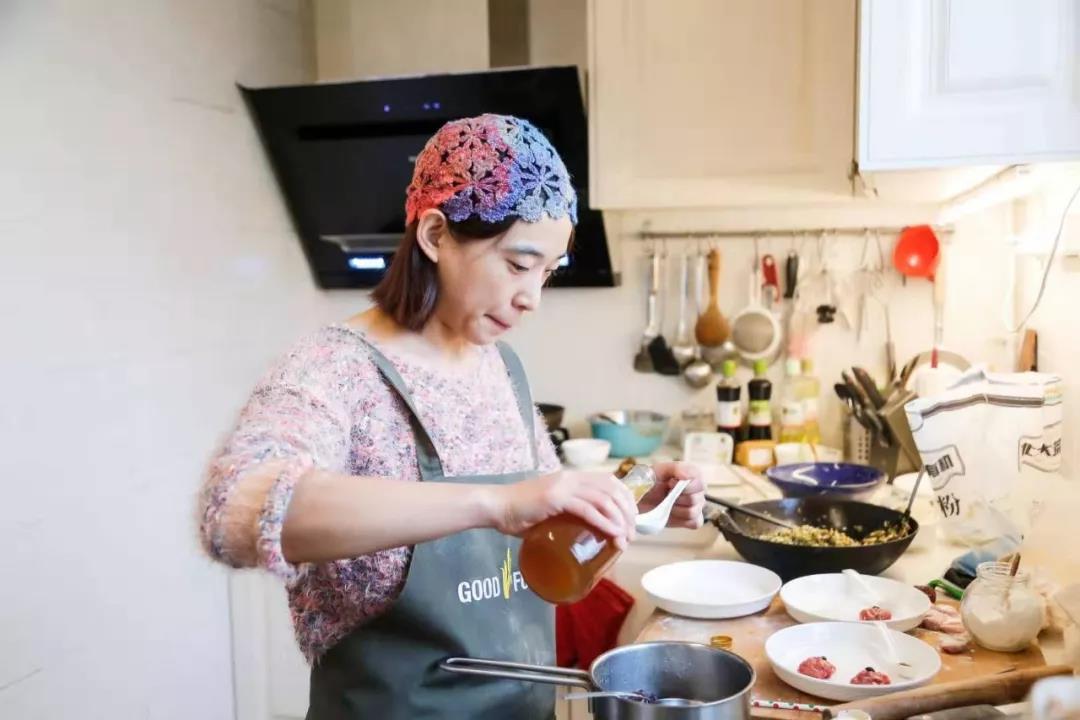
Q:
What questions did the judges ask you during the final? How did you respond?
Gao Sai:
To be honest, I didn't remember the questions the judges asked. I cooked pretty slowly. When the dumplings were put on the plate, the judges were already waiting. I had three dumplings on one plate, and the judge said one person one dumpling would be fine. I said each plate must place three. Three begets all things[1]. The innate energy will fall into three, showing a complete state of life, containing the mystery of life. Another question was, why was wine used for Siwu decoction? I said that in ancient China, there was a saying that "wine is the key to hundreds of medicines". Moreover, the use of wine can fully dissolve the active ingredients of food, so that people can easily absorb; and wine is good in nature, which can promote blood circulation and can be used to guide the drug properties of food to achieve the homologous effect of medicine and food.
Q:
What does the Chef's Leadership Program inspire you?
Gai Sai:
Previously the reason why I took part in some vegetarian activities was to promote the benefits of vegetarianism and to influence more people to go vegetarian. Through this event, I learned that just guiding people to change their plate proportions, or making small adjustments to their eating habits, can make an amazing difference and impact. Then I will mainly promote the idea of "plant leadership" in my activities in the future, giving people time to adapt and change.
[1] Dao begets One (nothingness; or reason of being), One begets Two (yin and yang), Two begets Three (Heaven, Earth and Man; or yin, yang and breath qi), and Three begets all things